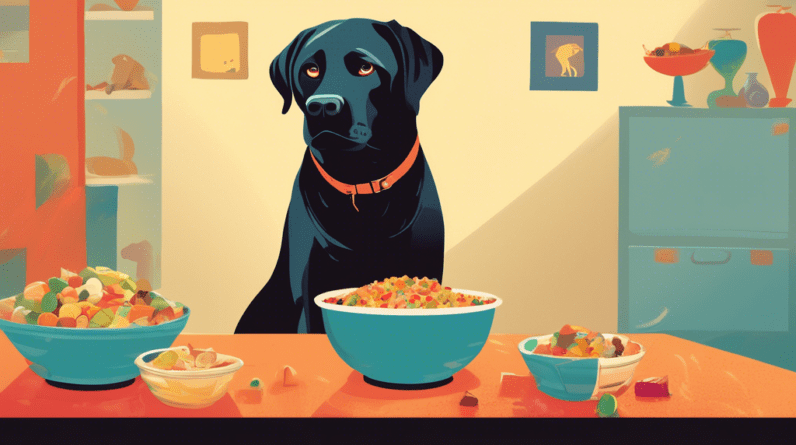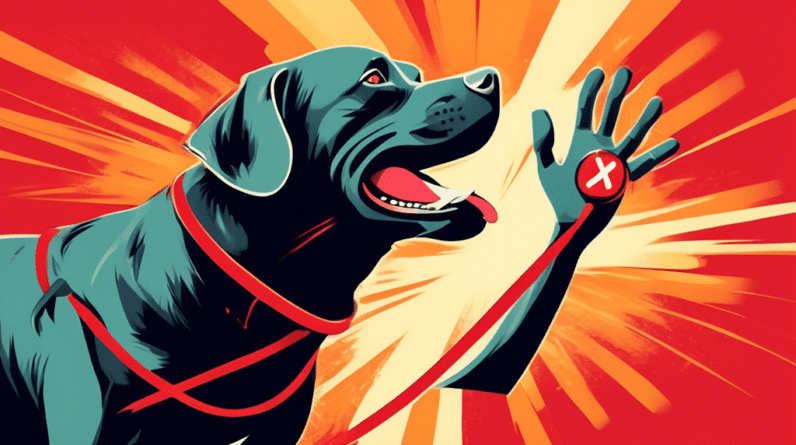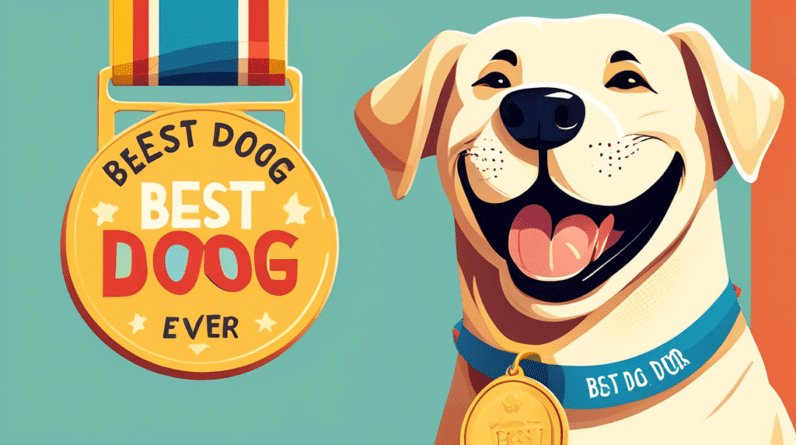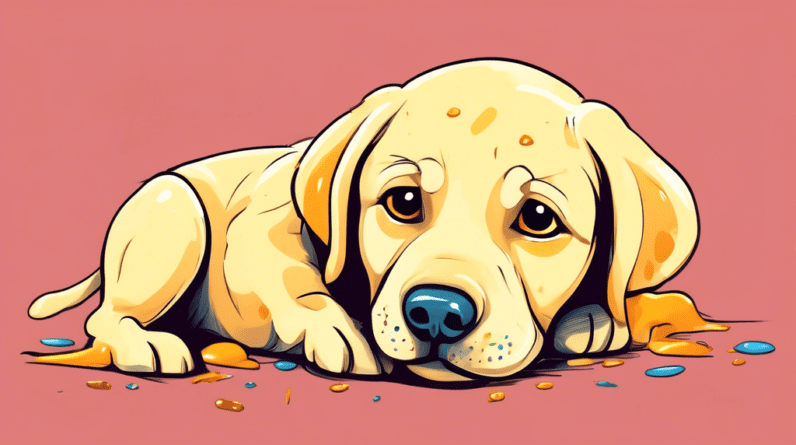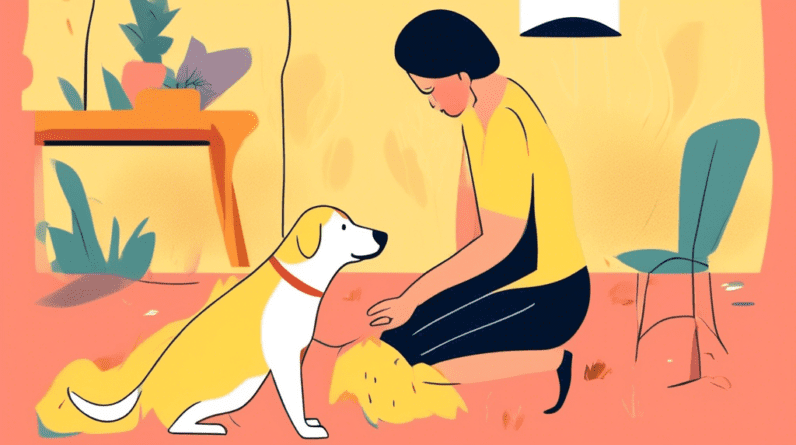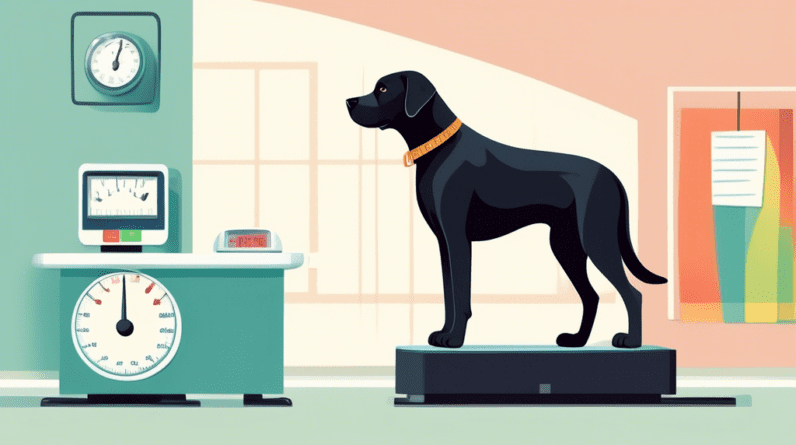
How Much Should a Black Lab Weigh?
Black Labrador Retrievers, with their playful personalities and unwavering loyalty, consistently rank among the most popular dog breeds. As beloved family companions, it’s only natural to want to ensure they live long, healthy lives. A key factor in their well-being? Maintaining a healthy weight. But how much should a Black Lab weigh? This comprehensive guide dives into the specifics of Black Lab weight standards, offering insights into factors influencing their ideal size and providing practical tips for keeping them at a healthy weight throughout their lives.
Understanding Black Lab Weight Standards
Determining the ideal weight for a Black Lab isn’t about fitting into a rigid mold. Just like humans, healthy weights can fall within a range. Here’s a general guideline based on the American Kennel Club (AKC) breed standard:
Black Lab Weight Chart by Age
While the table above provides a general idea, it’s important to note that Black Labs, like all breeds, go through distinct growth stages, each influencing their weight gain trajectory. Here’s a closer look at how their weight typically changes as they age:
Puppyhood (0-12 Months): A Period of Rapid Growth
Black Lab puppies are adorable bundles of energy, and this energy is fueled by rapid growth. During this first year, expect significant weight gain. It’s crucial to provide them with a balanced, high-quality puppy food specially formulated to support their developmental needs. Regular vet checkups are vital to monitor their growth curve and ensure they’re on track.
Adolescence (1-2 Years): Growth Starts to Stabilize
As your Black Lab transitions from puppyhood to adolescence, their growth rate starts to slow down. While they’ll continue to gain weight and fill out, it won’t be at the same rapid pace as during puppyhood. Dietary adjustments might be necessary to prevent excessive weight gain. Consult with your veterinarian to determine the appropriate food type and quantity for this stage.
Adulthood (2+ Years): Maintaining a Healthy Equilibrium
By the time your Black Lab reaches adulthood, their growth plates have typically closed, and they’ve reached their full size. Now, the focus shifts from growth to weight maintenance. Maintaining a healthy weight is crucial to prevent obesity and its associated health risks, such as joint problems, heart disease, and diabetes. Regular exercise and a balanced diet become paramount.
Beyond the Numbers: Factors Influencing a Black Lab’s Ideal Weight
While breed standards provide a valuable benchmark, several factors can influence a Black Lab’s ideal weight, leading to variations within the healthy weight range. Let’s delve into these individual-specific factors:
1. Genetics: Inherited Blueprints
Just like in humans, genetics play a significant role in determining a Black Lab’s size and build. Puppies inherit genes from both parents, influencing their growth potential and predisposing them to a particular body type. If you’re adopting a Black Lab puppy, inquiring about the size and weight of the parents can offer valuable insights into your puppy’s potential adult size.
2. Sex: A Matter of Build
Generally, male Black Labs tend to be slightly larger and heavier than their female counterparts. This difference in size is primarily due to sexual dimorphism, a biological phenomenon observed in many species, where males and females exhibit different physical characteristics beyond reproductive organs.
3. Spay/Neuter Status: Hormonal Shifts
Spaying or neutering, common procedures that involve removing reproductive organs, can influence a Black Lab’s metabolism. These procedures alter hormone levels, potentially leading to weight gain if food intake and exercise routines aren’t adjusted accordingly. It’s essential to discuss post-surgery dietary and exercise recommendations with your veterinarian to manage their weight effectively.
4. Body Composition: More than Meets the Eye
Weight isn’t solely about fat. A Black Lab’s body composition, the ratio of muscle mass to body fat, also comes into play. A muscular Black Lab will naturally weigh more than a less muscular one of the same size. Regularly engaging your Black Lab in physical activities can help them build and maintain a healthy muscle mass, contributing to a healthy weight.
5. Diet and Exercise: The Cornerstones of Weight Management
The food your Black Lab consumes provides the calories their body needs for energy and various bodily functions. Feeding them high-quality dog food specifically formulated for their age, activity level, and health status is crucial. Consult with your veterinarian to determine the appropriate type and amount of food for your Black Lab.
Recognizing a Healthy Weight: Going Beyond the Scale
While regularly weighing your Black Lab and referring to growth charts is essential, assessing their overall body condition provides a more comprehensive picture of their health. Here’s what to look for:
Visual Cues: Assessing Body Condition
- Ribs: You should be able to feel your Black Lab’s ribs easily beneath a thin layer of fat. If the ribs are prominent and visible, they may be underweight. Conversely, if you struggle to feel their ribs, they might be overweight.
- Waistline: Looking at your Black Lab from above, you should see a noticeable tuck or inward curve behind their ribs. If their waistline appears straight or bulges outward, they might be carrying excess weight.
- Abdominal Tuck: From the side, a healthy-weight Black Lab should have a noticeable upward slope of the abdomen from the chest to the groin. If their abdomen appears distended or sags, they might be overweight.
Maintaining a Healthy Weight: Tips for Success
A proactive approach to weight management is essential throughout your Black Lab’s life. Here are some practical tips to keep them at a healthy weight:
1. Choose High-Quality Dog Food: Fueling Their Body Right
Selecting a high-quality, nutritionally complete dog food appropriate for your Black Lab’s age, activity level, and health status is paramount. Look for foods with real meat and poultry as the primary ingredients and avoid those with excessive fillers, artificial additives, and by-products.
2. Measure Food Portions: Avoiding Overfeeding
Resist the temptation to free-feed, providing unlimited access to food. Use a measuring cup to portion out their food accurately, following the feeding guidelines on the dog food bag and consulting with your veterinarian to determine the appropriate amount for your Black Lab.
3. Establish a Regular Feeding Schedule: Creating Predictability
Dogs thrive on routine. Establish regular feeding times, whether it’s once or twice a day, and stick to the schedule as closely as possible. This consistency helps regulate their metabolism and prevents overeating.
4. Limit Treats: A Special Reward, Not a Diet Staple
While treats can be useful for training and reinforcing positive behaviors, it’s crucial to use them in moderation. Opt for healthy, low-calorie treats and factor them into their daily caloric intake.
5. Provide Ample Exercise: Encouraging an Active Lifestyle
Black Labs are an energetic breed that thrives on physical activity. Aim for at least 30 minutes to an hour of exercise daily. Engage them in activities they enjoy, such as walking, running, swimming, fetching, or playing interactive games.
6. Regular Veterinary Checkups: Monitoring Their Health
Schedule regular checkups with your veterinarian, ideally every six months, to monitor your Black Lab’s overall health, including their weight. Your vet can assess their body condition score, provide personalized dietary and exercise recommendations, and detect any potential health issues early on.
Conclusion
Understanding and maintaining a healthy weight for your Black Lab is an ongoing commitment that directly contributes to their overall health and well-being. By following the guidelines outlined in this guide, providing them with a loving and supportive environment, and working closely with your veterinarian, you can help your beloved Black Lab live a long, healthy, and fulfilling life by your side.

